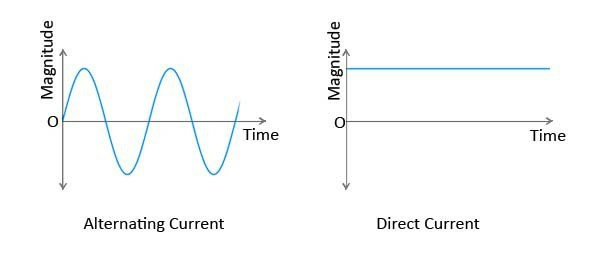How to do Relay settings
How to do Relay settings
Post by Suman Majhi
Relay Settings
here we can see about what is relay and how to do relay settings. Relay is a device used to protect the equipment from damage during the abnormal or faulty conditions.
usually relays having two coil supply A1 and A2, two NO and NC contacts, and common supply contacts.
working
whenever the coil in the relay get energized, the relay transfer the voltage from common to NO contacts. at normal condition it transfer voltage from common to NC contacts. usually coil supply will be DC voltage.
Types of Relay
based on protection it’s classified into different types,
- under voltage relay
- over voltage relay
- under frequency relay
- over current relay
- earth fault relay
- fault trip send relay
- fault trip receive relay
- logout relay
- negative phase sequence relay
- reverse power forward relay
Relay Settings Calculation
as per relay settings we need to find base current IE first,
IE = IN x 1/CT
IE- base current
IN – rated full load current
CT- current transformer ratio
for example we calculate relay setting for motor 50 HP , IN=61A, CT = 75/1A
so IE= 61*1/ (75/1)
IE = 0.813
so based on IE value the relay settings are below,
I2 – Negative phase sequence= 30% x IE
Io – Earth fault = 20% x IE
I> – short circuit = 35-40% x IE
I>> – Excessive starting time = 10-20 times x IE
^I – over load = 150%



Comments
Post a Comment